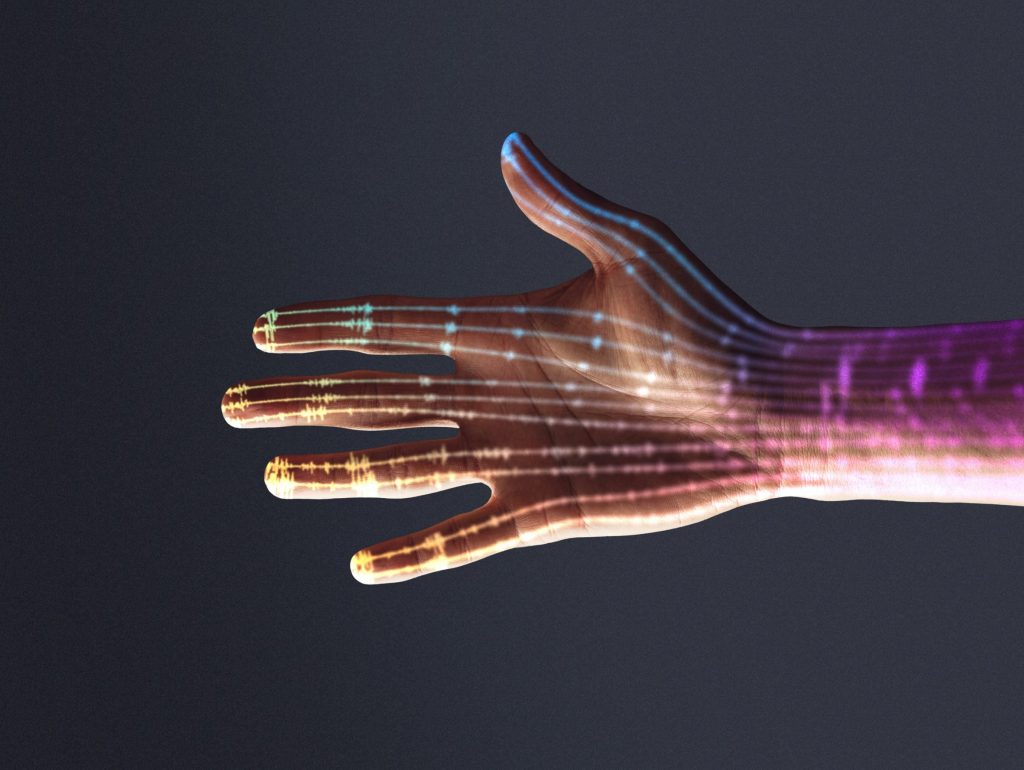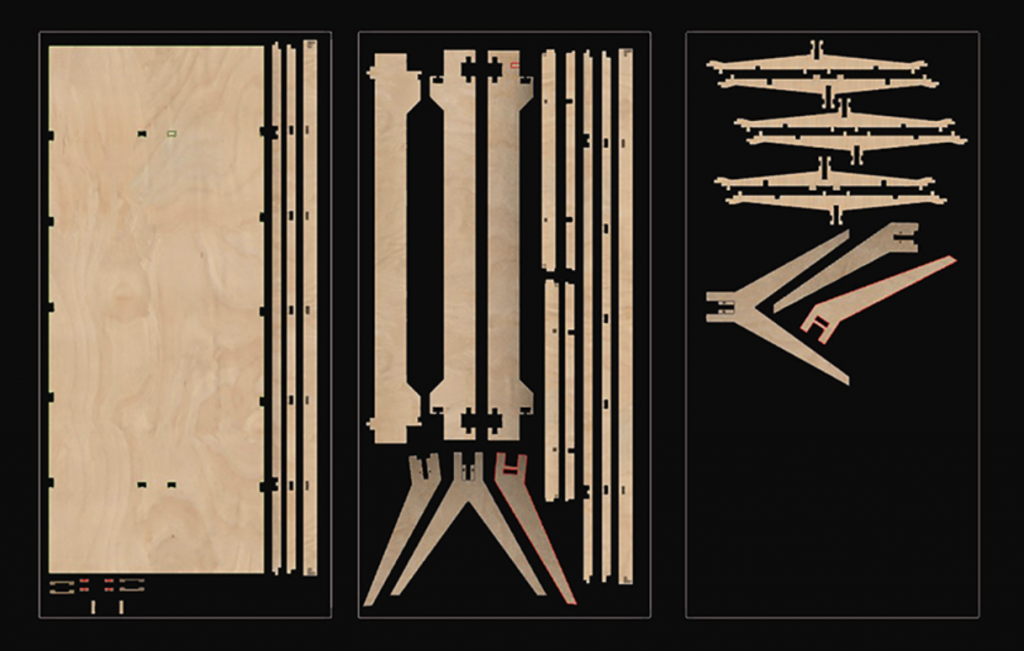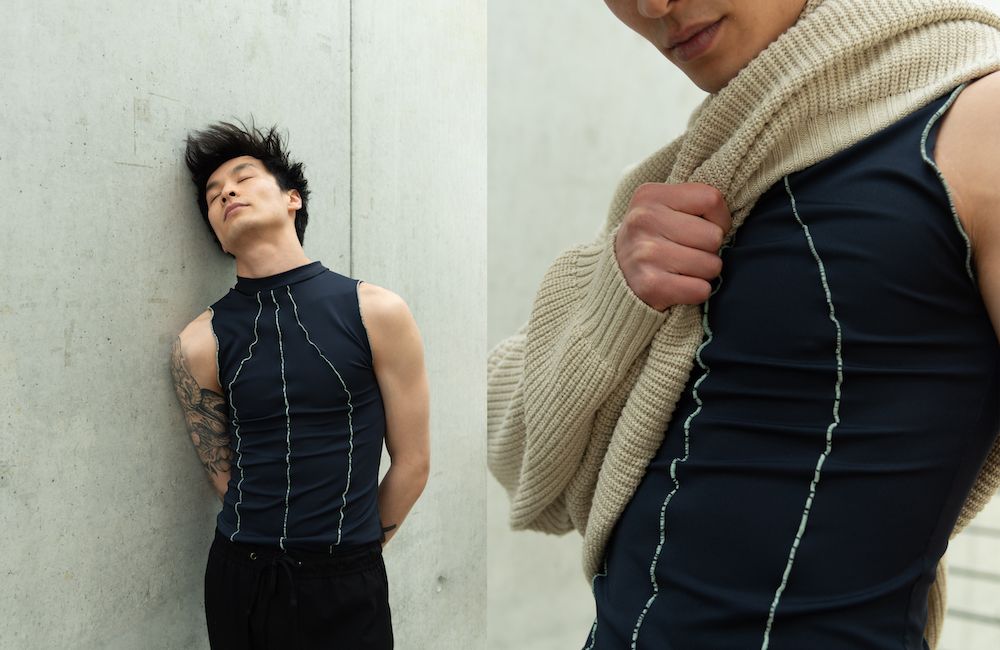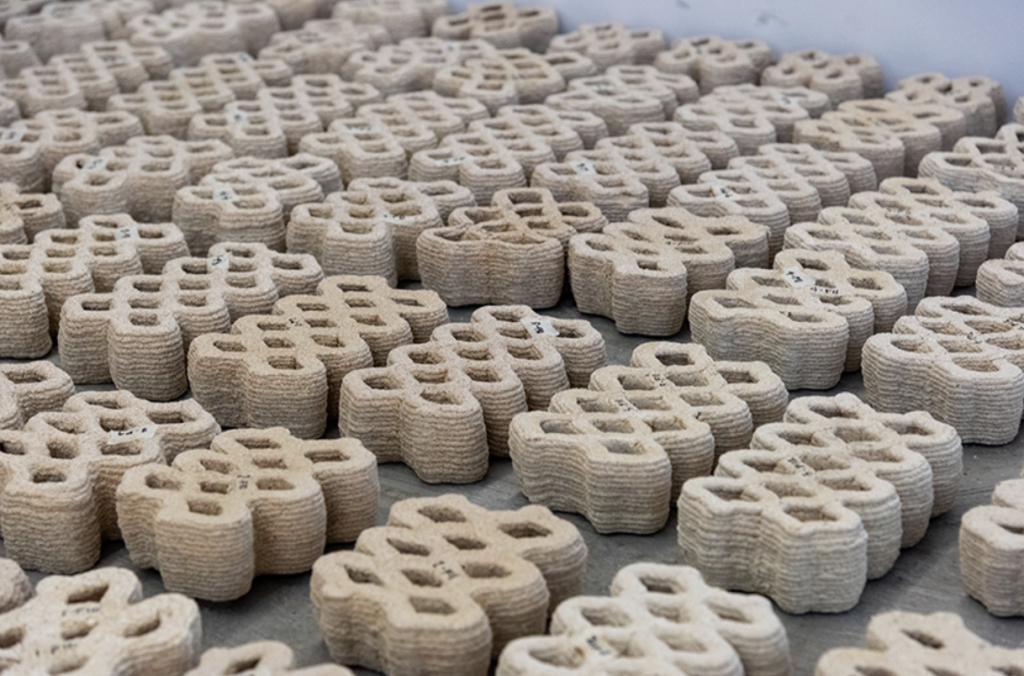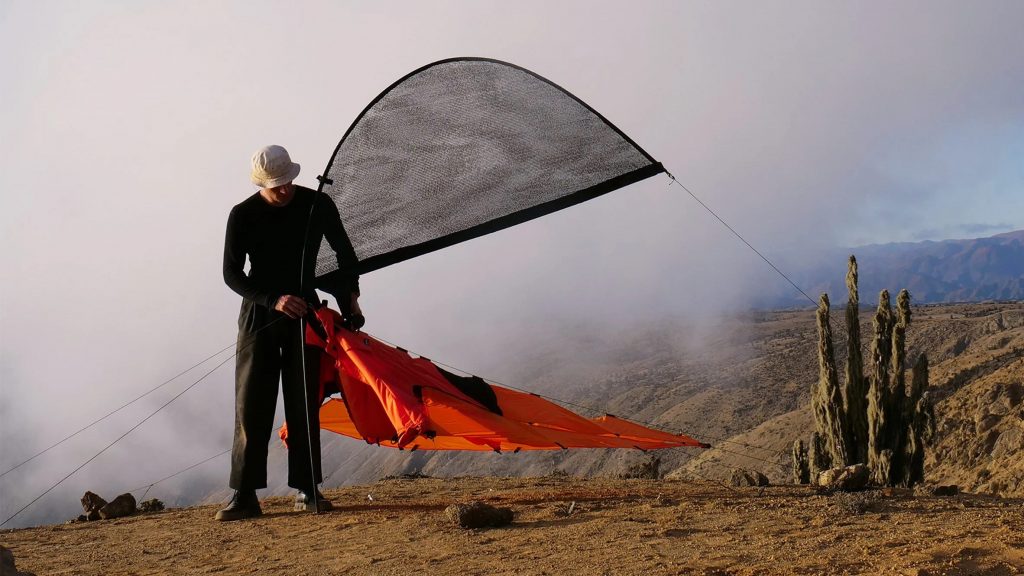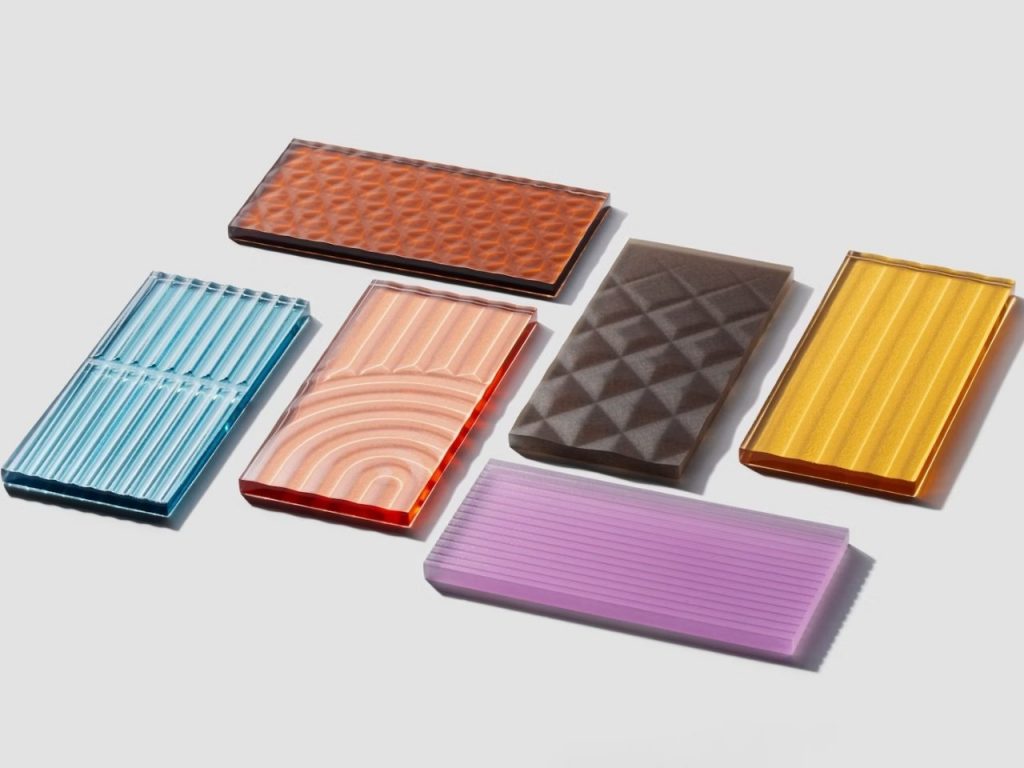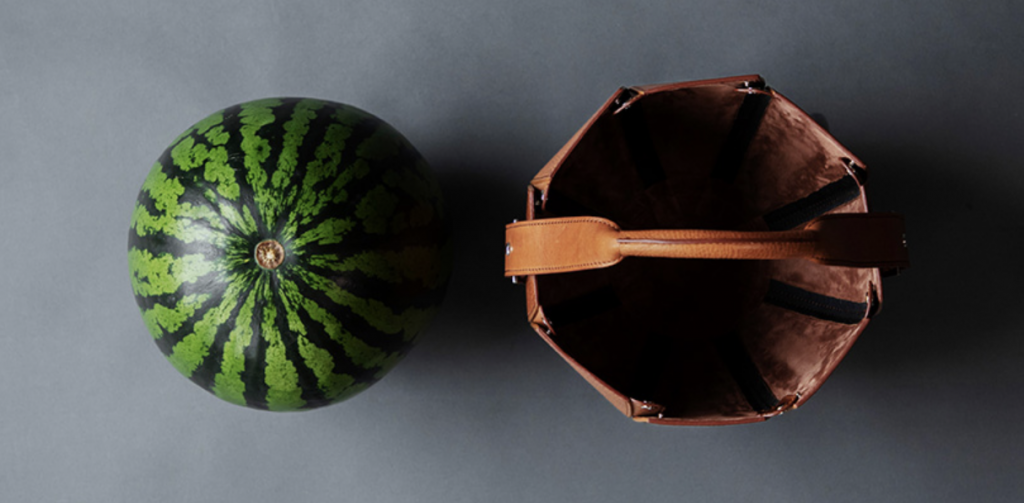Once a humble accessory reserved for sweatbands and festival passes, the wristband has evolved into a fertile ground for technological innovation. As designers and engineers explore new frontiers in wearable tech, the wrist is proving to be not just convenient location but a strategic interface for transforming how we move, eat, and even think. From enhancing athletic performance to reprogramming taste perception and revolutionizing digital interaction, a new generation of multifunctional wristbands is quietly reshaping everyday experiences.
